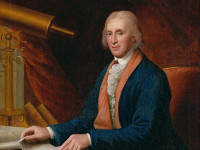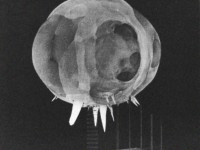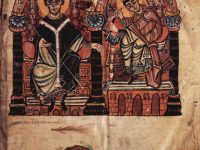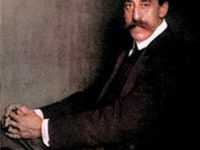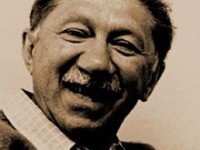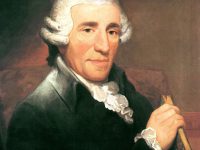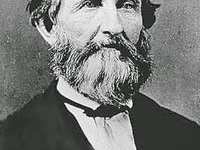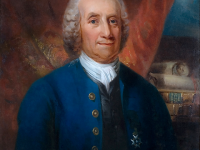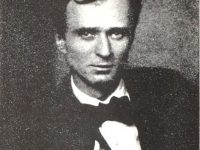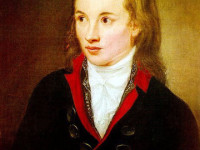David Rittenhouse and the Transit of Venus
On April 8, 1732, American astronomer David Rittenhouse was born. He was an early observer of the atmosphere of Venus. For observations for the transit of Venus on 3 June 1769, he constructed a high precision pendulum clock, an astronomical quadrant, an equal altitude instrument, and an astronomical transit. Besides being an astronomer, he was also inventor, clockmaker, mathematician, surveyor, scientific instrument craftsman and public official as first director of the United States Mint.…
Read more

